Home>Construction & Tools>Building Materials>How To Paint A Brick Fireplace
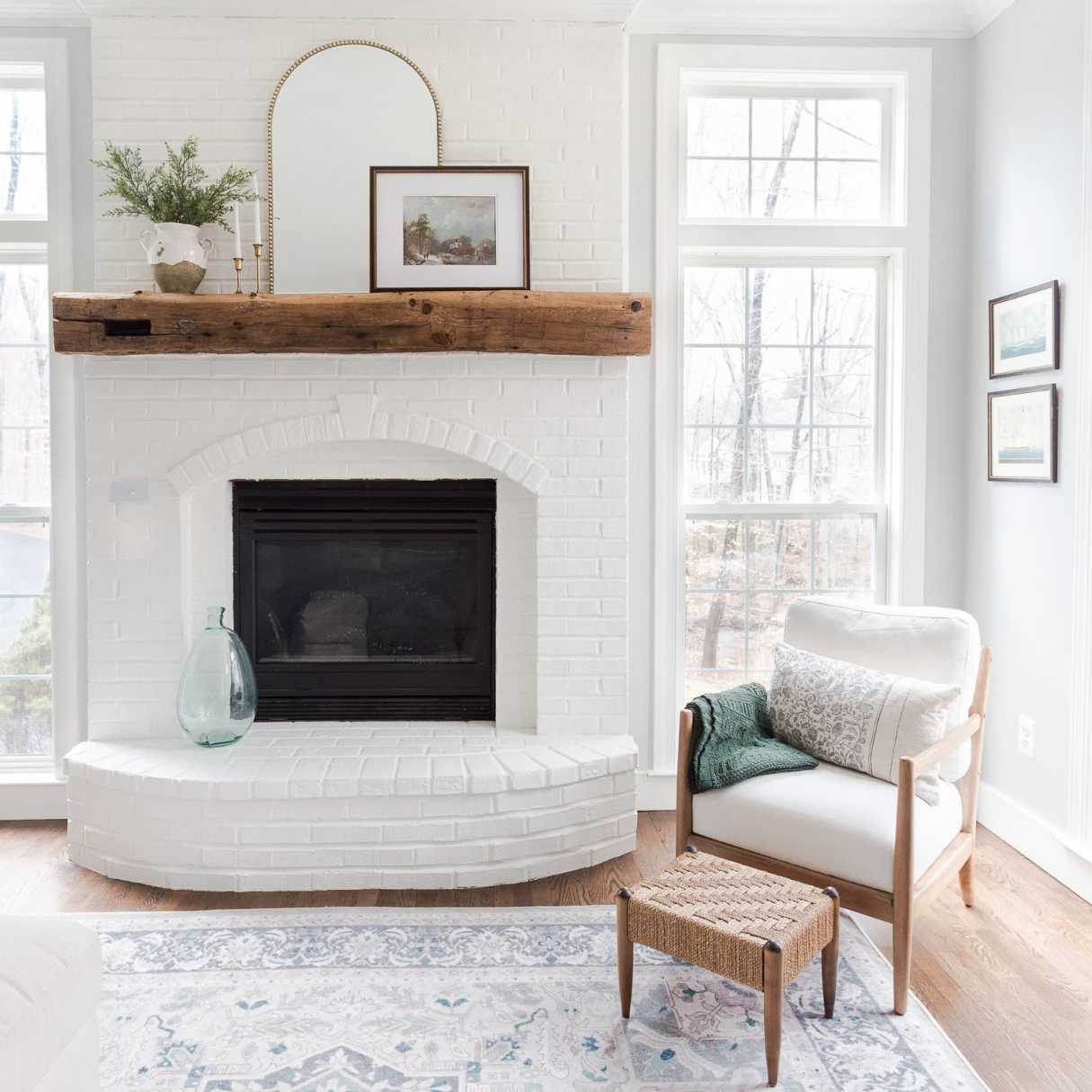

Building Materials
How To Paint A Brick Fireplace
Modified: January 23, 2024
Learn how to transform your brick fireplace with our step-by-step guide using the best building materials. Elevate your space with a fresh coat of paint!
(Many of the links in this article redirect to a specific reviewed product. Your purchase of these products through affiliate links helps to generate commission for Storables.com, at no extra cost. Learn more)
Introduction
So, you’ve got a brick fireplace that’s seen better days. Perhaps it’s a relic from the 1970s, or maybe it’s just lost its luster over the years. Whatever the case, you might be considering a makeover. But where do you start? How do you breathe new life into that tired old fireplace?
In this comprehensive guide, we’ll take you through the step-by-step process of transforming your brick fireplace with a fresh coat of paint. From preparing the surface to choosing the right paint and adding those all-important finishing touches, we’ve got you covered.
But before we dive into the nitty-gritty of paint selection and application, it’s important to note that painting a brick fireplace is a significant undertaking. It can dramatically alter the look and feel of your space, so it’s crucial to approach the project with careful consideration and attention to detail.
Whether you’re aiming for a modern, sleek finish or a more rustic, traditional vibe, the techniques and tips outlined in this guide will help you achieve the desired result. So, roll up your sleeves, grab your paintbrush, and let’s breathe new life into that old brick fireplace!
Key Takeaways:
- Transforming a brick fireplace with paint requires thorough preparation, including cleaning, priming, and choosing the right paint. The process can breathe new life into a space and create a captivating focal point.
- Adding finishing touches, such as updating the mantel and incorporating decorative elements, elevates the fireplace’s visual impact and contributes to a harmonious, inviting atmosphere. The transformation empowers creativity and reflects personal style.
Read more: How To Paint White Brick Fireplace
Preparing the Fireplace
Before you can start painting your brick fireplace, you need to ensure that the surface is clean and ready to accept the new paint. Begin by removing any obstructions around the fireplace, such as furniture, decor, or mantels. This will give you ample space to work and prevent any accidental spills or splatters on nearby items.
Next, protect the surrounding area by laying down drop cloths or plastic sheeting. This will safeguard your flooring and furnishings from any stray paint and make for easier cleanup once the project is complete.
If your fireplace has accumulated soot or grime over the years, it’s essential to give it a thorough cleaning. Use a stiff-bristled brush and a mixture of warm water and mild detergent to scrub the brick surface. Pay close attention to any areas with heavy buildup, ensuring that the brick is free from dirt, dust, and grease.
After cleaning, allow the brick to dry completely before proceeding. This may take a day or two, depending on the porosity of the brick and the surrounding humidity levels. It’s crucial to start with a clean, dry surface to ensure optimal paint adhesion and a smooth, professional finish.
Once the fireplace is clean and dry, inspect the mortar between the bricks. If there are any cracks or gaps, consider using a high-temperature mortar repair compound to fill in any imperfections. This step is essential for not only aesthetic reasons but also for the structural integrity of the fireplace.
By taking the time to thoroughly prepare the fireplace, you’ll create a solid foundation for the painting process and set the stage for a stunning transformation. With the surface prepped and ready, it’s time to move on to the next crucial step: choosing the right paint.
Choosing the Right Paint
When it comes to painting a brick fireplace, selecting the right type of paint is paramount. The ideal paint will not only adhere well to the brick surface but also withstand the heat that radiates from the fireplace without compromising its finish.
One of the most popular options for painting a brick fireplace is latex paint. Latex paint is known for its durability, flexibility, and ease of application. It is available in a wide array of colors, allowing you to achieve the perfect look to complement your space. Additionally, latex paint dries relatively quickly, which can expedite the overall painting process.
Another viable choice is a high-temperature paint specifically designed for use on surfaces that are exposed to heat, such as fireplaces and wood stoves. This type of paint is formulated to withstand high temperatures without blistering or peeling, ensuring that your fireplace maintains its freshly painted appearance over time.
Before making a final decision, consider the aesthetic you wish to achieve. Are you aiming for a bold, dramatic change, or do you prefer a more subtle, natural look? The color you choose can significantly impact the ambiance of the room, so take the time to explore various color options and envision how they will complement your existing decor.
Furthermore, it’s essential to assess whether you want a matte, satin, or glossy finish. Each finish offers distinct visual and textural qualities, so it’s worth considering how the finish will interact with the lighting and overall atmosphere of the room.
Ultimately, the right paint for your brick fireplace will align with your vision for the space while providing the durability and heat resistance necessary to ensure a long-lasting, visually appealing result. With the paint selected, it’s time to move on to the next step: cleaning the brick surface in preparation for painting.
Cleaning the Brick Surface
Before applying paint to the brick surface, it’s crucial to ensure that it is free from any residual dirt, dust, or contaminants. Cleaning the brick thoroughly will not only promote better paint adhesion but also contribute to a more professional and polished end result.
Start by vacuuming the brick surface using a brush attachment to remove loose dirt, cobwebs, and debris. Pay close attention to the mortar joints, as these areas can often harbor dust and particles that may affect the paint’s adherence.
Next, prepare a cleaning solution by combining warm water with a mild detergent or a specialized brick and masonry cleaner. Using a scrub brush or a sponge, work in sections to apply the cleaning solution to the brick surface, focusing on areas with visible stains, soot, or discoloration.
For particularly stubborn stains or soot buildup, you may need to use a more concentrated cleaning solution or a specialized brick cleaner formulated to tackle tough grime. In such cases, follow the manufacturer’s instructions carefully and test the cleaner on a small, inconspicuous area of the brick to ensure compatibility and prevent any adverse effects.
After applying the cleaning solution, allow it to dwell on the brick for a few minutes to penetrate and loosen the dirt. Then, use a clean, damp cloth or sponge to rinse the brick thoroughly, ensuring that all traces of the cleaning solution are removed. Repeat this process as needed until the brick surface is clean and free from residue.
Once the brick is clean, allow it to dry completely before proceeding with the painting process. Depending on the surrounding humidity levels and airflow, this may take anywhere from a few hours to a full day. It’s essential to start with a completely dry surface to ensure optimal paint adhesion and a smooth, flawless finish.
With the brick surface cleaned and prepped, the next step is to apply a suitable primer to enhance the paint’s adhesion and ensure a consistent, long-lasting finish.
Before painting a brick fireplace, make sure to clean the surface thoroughly with a wire brush and vacuum up any debris. This will help the paint adhere better and give you a smoother finish.
Priming the Brick
Before painting the brick fireplace, applying a high-quality primer is essential to promote proper paint adhesion and ensure a durable, long-lasting finish. The right primer will not only help the paint adhere to the porous surface of the brick but also provide a uniform base for the paint color, enhancing its overall appearance.
When selecting a primer for your brick fireplace, opt for a high-quality, latex-based primer that is specifically formulated for masonry surfaces. This type of primer is designed to penetrate the porous structure of the brick, creating a strong bond between the surface and the paint.
Prior to applying the primer, thoroughly inspect the brick surface for any residual dust, dirt, or contaminants. Use a vacuum with a brush attachment to remove any loose debris, ensuring that the surface is clean and free from obstructions that may hinder the primer’s adhesion.
Next, use a high-quality paintbrush or a roller to apply the primer to the brick surface. Work in manageable sections, starting from the top of the fireplace and working your way down. Be sure to work the primer into the crevices and mortar joints, ensuring complete coverage of the entire surface.
If the brick fireplace has a textured surface or deep crevices, consider using a brush with firm bristles to ensure that the primer penetrates into all the nooks and crannies. This will help create a more uniform and professional-looking base for the paint.
Allow the primer to dry completely as per the manufacturer’s instructions. This typically takes several hours, but drying times may vary based on factors such as humidity and ventilation. Once the primer is dry, inspect the brick surface to ensure that it is adequately covered and ready for the next step: applying the paint.
With the brick primed and prepared, it’s time to move on to the exciting phase of transforming the fireplace with a fresh coat of paint. The paint color and finish you choose will play a significant role in defining the ambiance of the room, so take the time to consider your options and envision the final look you wish to achieve.
Read more: What Color To Paint A Brick Fireplace
Painting the Fireplace
With the brick surface cleaned, primed, and ready for a makeover, it’s time to embark on the transformative process of applying paint to the fireplace. This step is where the vision for your revamped fireplace starts to take shape, and the right technique can make all the difference in achieving a professional, polished finish.
Begin by selecting a high-quality paint that is suitable for masonry surfaces and can withstand the heat emitted by the fireplace. Latex paint, specifically formulated for use on brick and masonry, is a popular choice due to its durability, versatility, and ease of application. Make sure to choose a color and finish that align with your aesthetic preferences and complement the overall design of the room.
Before applying the paint, thoroughly stir it to ensure an even consistency and optimal color distribution. If you’re using multiple cans of paint, it’s advisable to mix them together in a larger container to ensure uniformity across the entire fireplace.
When it comes to application, a high-quality synthetic bristle brush or a short-nap roller is ideal for painting the brick surface. Work in manageable sections, starting from the top of the fireplace and progressing downward. Use smooth, even strokes to apply the paint, ensuring complete coverage and paying attention to any textured or recessed areas of the brick.
If the fireplace has mortar joints, take care to paint them as well, using a smaller brush to ensure precise application and a seamless finish. This attention to detail will contribute to a more professional and refined look once the painting process is complete.
After applying the first coat of paint, allow it to dry completely as per the manufacturer’s recommendations. Depending on the paint type and environmental conditions, this may take several hours. Once the first coat is dry, assess the coverage and decide whether a second coat is necessary to achieve the desired depth of color and uniform finish.
If a second coat is required, repeat the application process, ensuring that the paint is applied evenly and consistently across the entire fireplace. Take the time to inspect the brick surface for any missed spots or uneven areas, addressing them promptly to achieve a flawless end result.
Once the final coat of paint has dried, step back and admire the impressive transformation of your brick fireplace. The fresh, vibrant color and clean, modern finish will breathe new life into the space, providing a focal point that enhances the overall aesthetic and ambiance of the room.
With the painting complete, it’s time to add those all-important finishing touches that will elevate the fireplace’s appearance to the next level.
Adding Finishing Touches
With the brick fireplace freshly painted and looking rejuvenated, it’s the perfect opportunity to add those final details that will accentuate its newfound appeal. From enhancing the surrounding decor to incorporating complementary elements, these finishing touches will elevate the fireplace’s visual impact and tie the room together.
One effective way to enhance the fireplace’s aesthetic is by updating the mantel or adding decorative elements to it. A well-chosen mantel piece can serve as a focal point, providing a platform for showcasing artwork, family photos, or decorative items that reflect your personal style. Consider incorporating seasonal decor or themed accents to infuse the space with charm and character.
Another option is to install a fireplace screen or decorative grate. These additions not only contribute to the fireplace’s visual appeal but also serve a practical purpose by providing an extra layer of safety and protection. Choose a design that complements the overall style of the room while adding an interesting visual element to the fireplace area.
For a more contemporary look, consider painting the mantel and surrounding trim in a coordinating or contrasting color to complement the fireplace. This can create a cohesive, unified appearance that ties the entire space together while adding a modern touch to the traditional fireplace setting.
Lighting plays a significant role in accentuating the fireplace’s allure. Consider installing wall sconces or strategically placing table lamps to illuminate the area and create a warm, inviting ambiance. The right lighting can highlight the texture and color of the brick while adding depth and dimension to the space.
Accessorizing the hearth with decorative items such as vases, candles, or sculptural elements can further enhance the fireplace’s visual impact. These accents can be rotated seasonally or as the decor evolves, offering versatility and allowing you to experiment with different styles and themes.
Lastly, consider the impact of the surrounding decor on the fireplace’s overall aesthetic. Whether it’s rearranging furniture to create a cozy seating area around the fireplace or incorporating artwork and textiles that complement the new color scheme, thoughtful consideration of the room’s design elements will ensure a harmonious and visually appealing space.
By adding these finishing touches, you can elevate your freshly painted fireplace from a mere focal point to a captivating centerpiece that enhances the room’s ambiance and reflects your personal style and creativity.
With the completion of these finishing touches, your brick fireplace transformation is now fully realized. The combination of meticulous preparation, expert painting, and thoughtful finishing touches has resulted in a stunning, rejuvenated fireplace that serves as a striking focal point in your living space.
Now, sit back, relax, and bask in the inviting glow of your beautifully transformed brick fireplace!
Conclusion
Painting a brick fireplace is a rewarding endeavor that can breathe new life into a space, transforming a tired, outdated feature into a captivating focal point. Throughout this comprehensive guide, we’ve explored the step-by-step process of revamping your fireplace, from meticulous preparation to the application of finishing touches.
By preparing the fireplace surface, choosing the right paint, and applying expert techniques, you’ve embarked on a journey to rejuvenate your living space and create a visually stunning centerpiece. The careful selection of paint, the thorough cleaning and priming of the brick, and the precise application of paint have culminated in a remarkable transformation that enhances the overall aesthetic of the room.
Furthermore, the addition of finishing touches, such as updating the mantel, incorporating decorative elements, and optimizing the surrounding decor, has elevated the fireplace’s visual impact and contributed to a harmonious, inviting atmosphere.
As you revel in the revitalized ambiance of your living space, take pride in the skill and creativity you’ve employed to breathe new life into your brick fireplace. The transformation you’ve achieved serves as a testament to your dedication to creating a home that is both visually captivating and reflective of your personal style.
Whether you’ve opted for a modern, sleek finish or a more traditional, rustic vibe, the techniques and insights shared in this guide have empowered you to embark on a transformative journey that enhances the heart of your home.
Now, as you gather around the glowing warmth of your newly painted fireplace, take a moment to appreciate the impact of this remarkable transformation. Your revitalized brick fireplace stands as a testament to the power of creativity and the ability to infuse new life into the spaces we cherish.
Congratulations on successfully revitalizing your brick fireplace, and may it continue to serve as a captivating focal point that enriches your living space for years to come!
Frequently Asked Questions about How To Paint A Brick Fireplace
Was this page helpful?
At Storables.com, we guarantee accurate and reliable information. Our content, validated by Expert Board Contributors, is crafted following stringent Editorial Policies. We're committed to providing you with well-researched, expert-backed insights for all your informational needs.

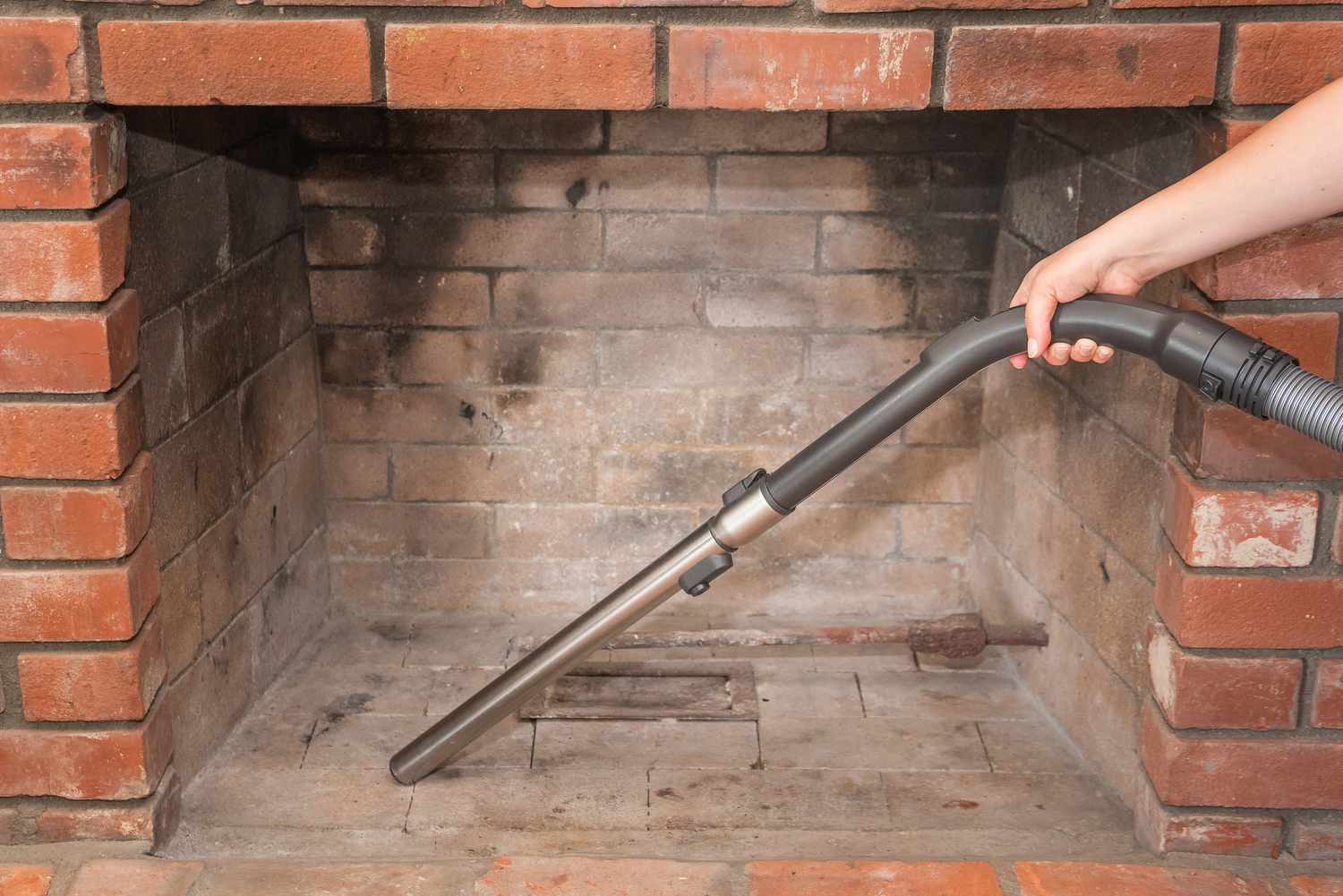
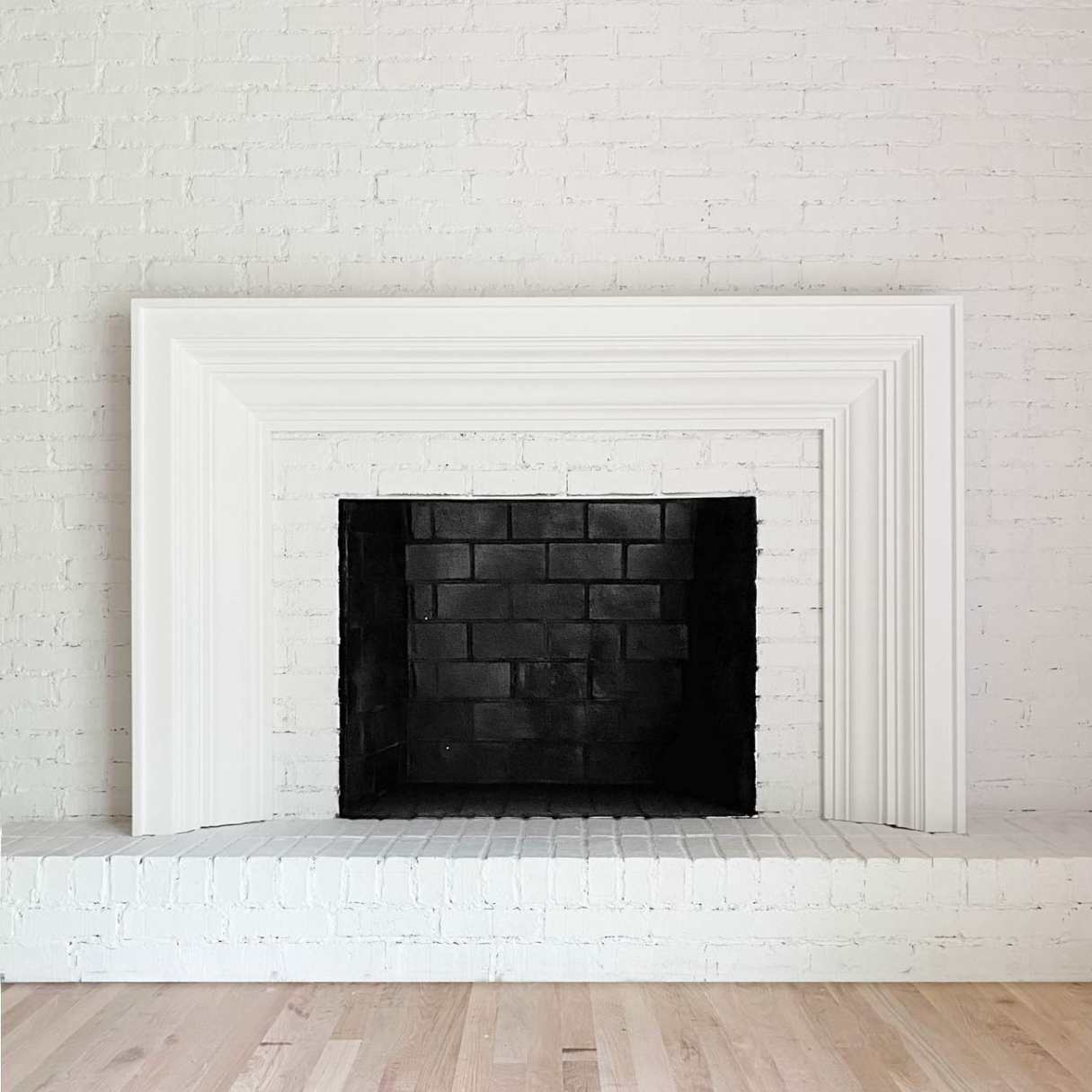
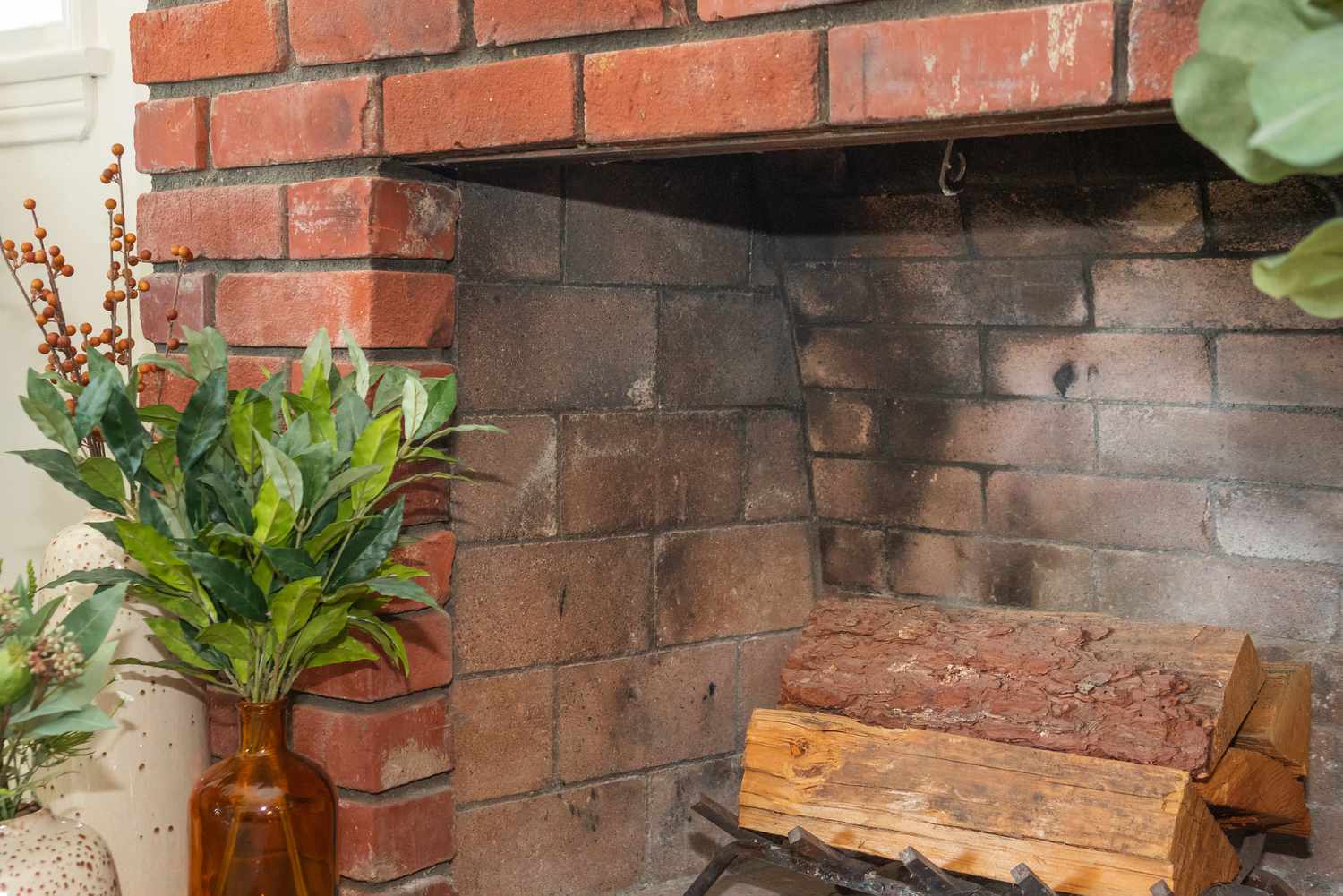
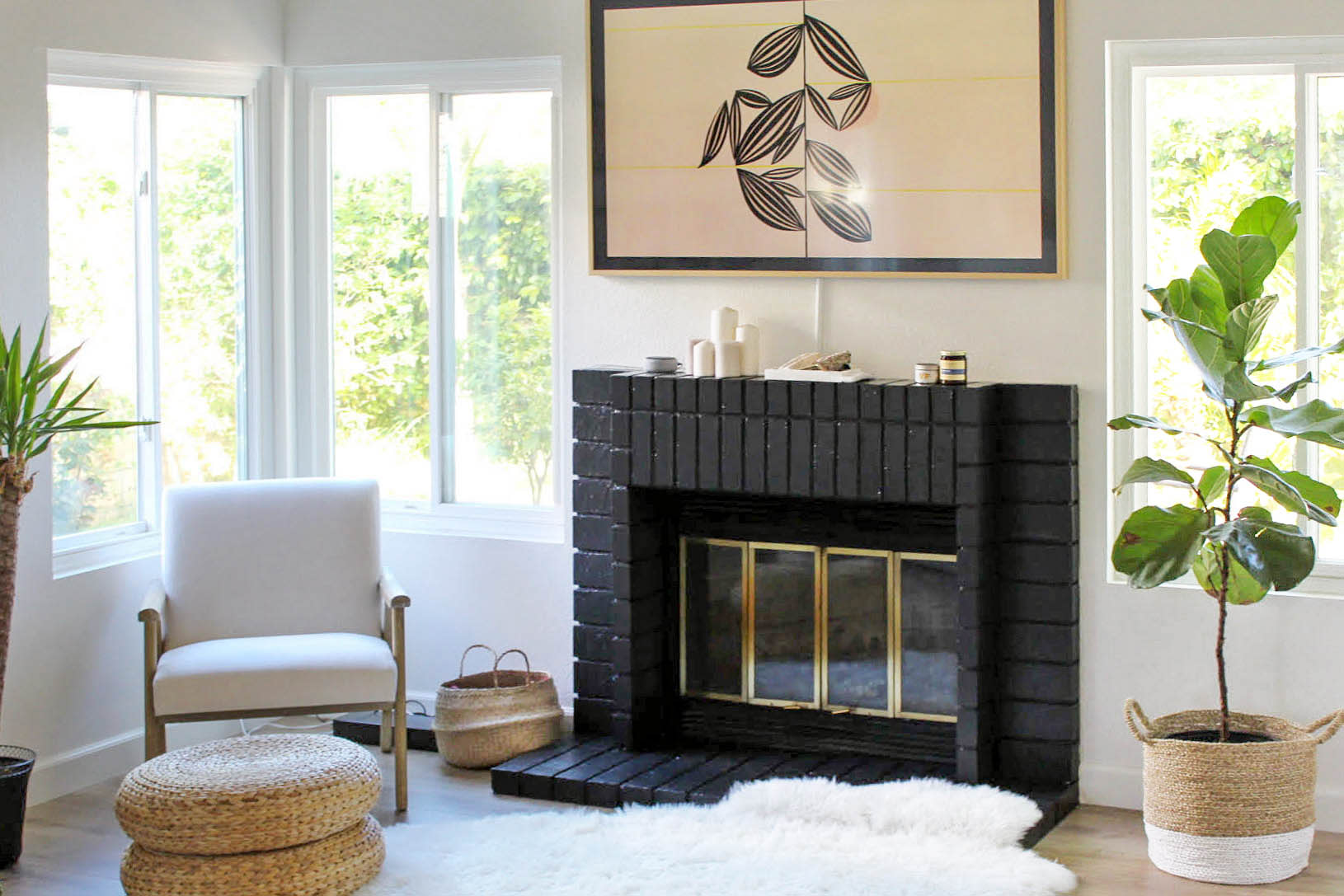
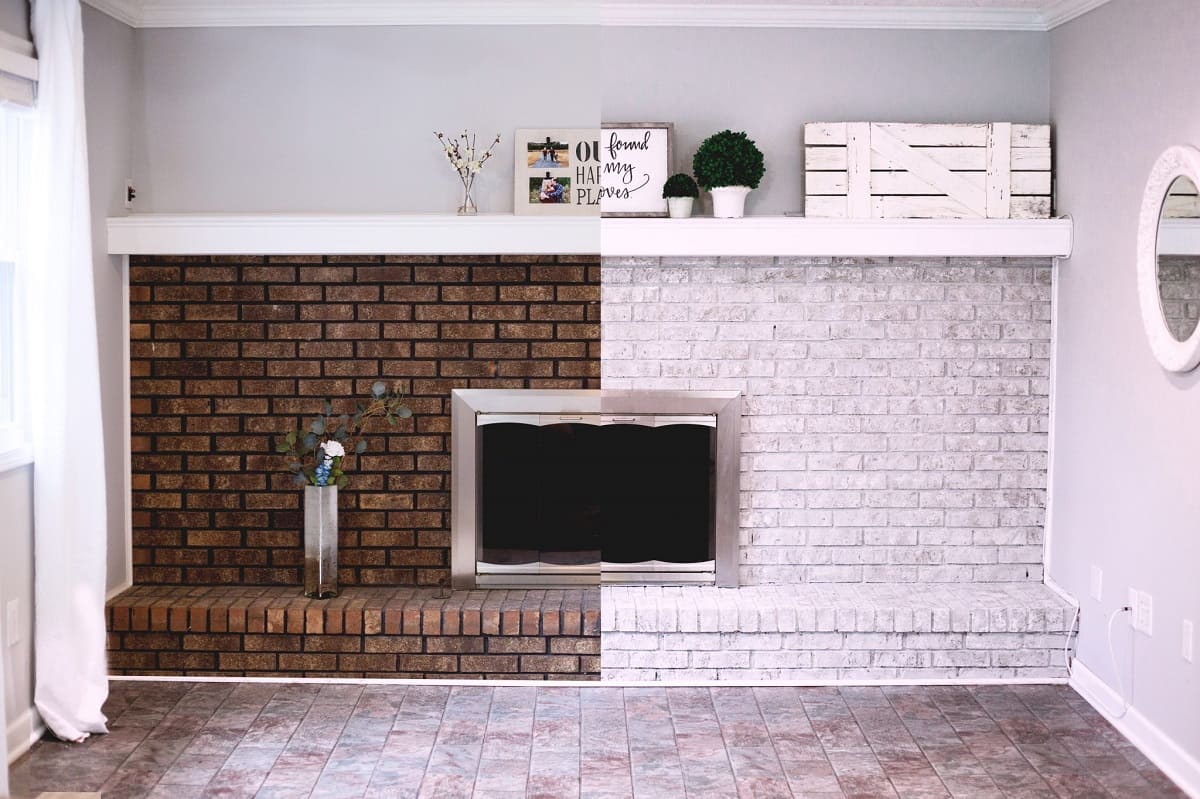
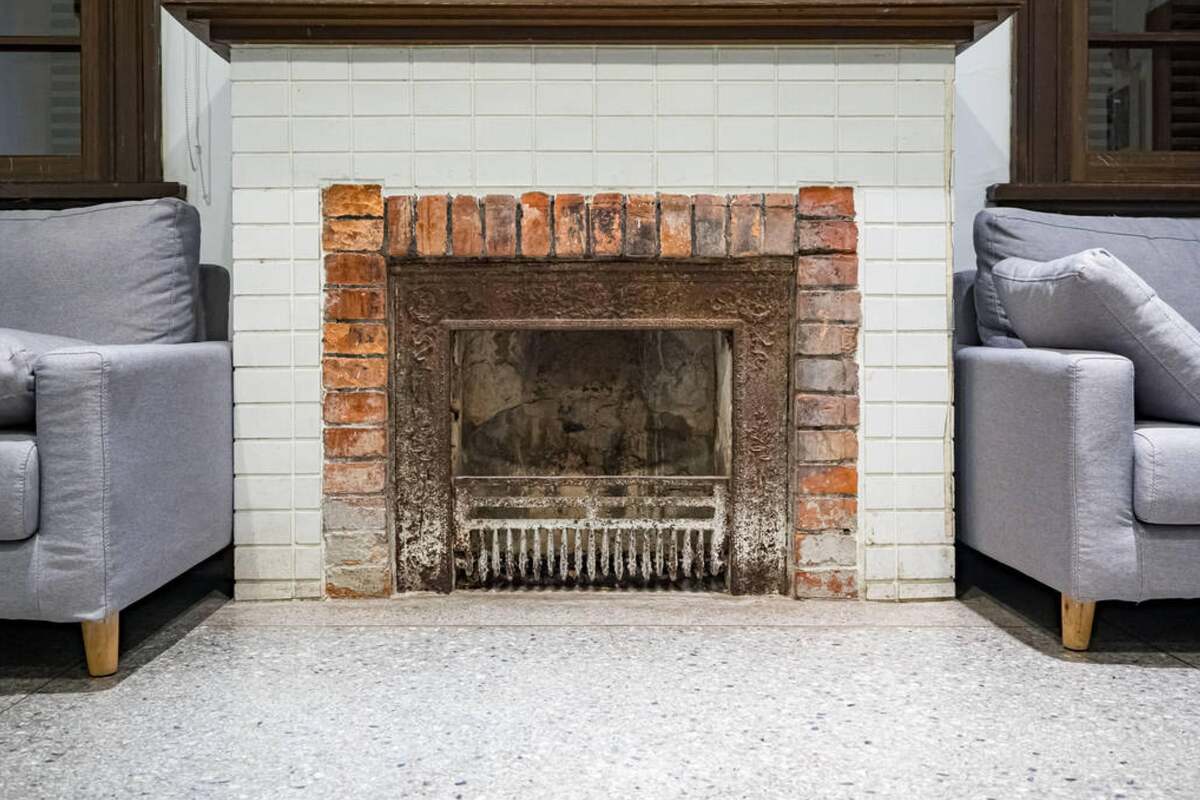
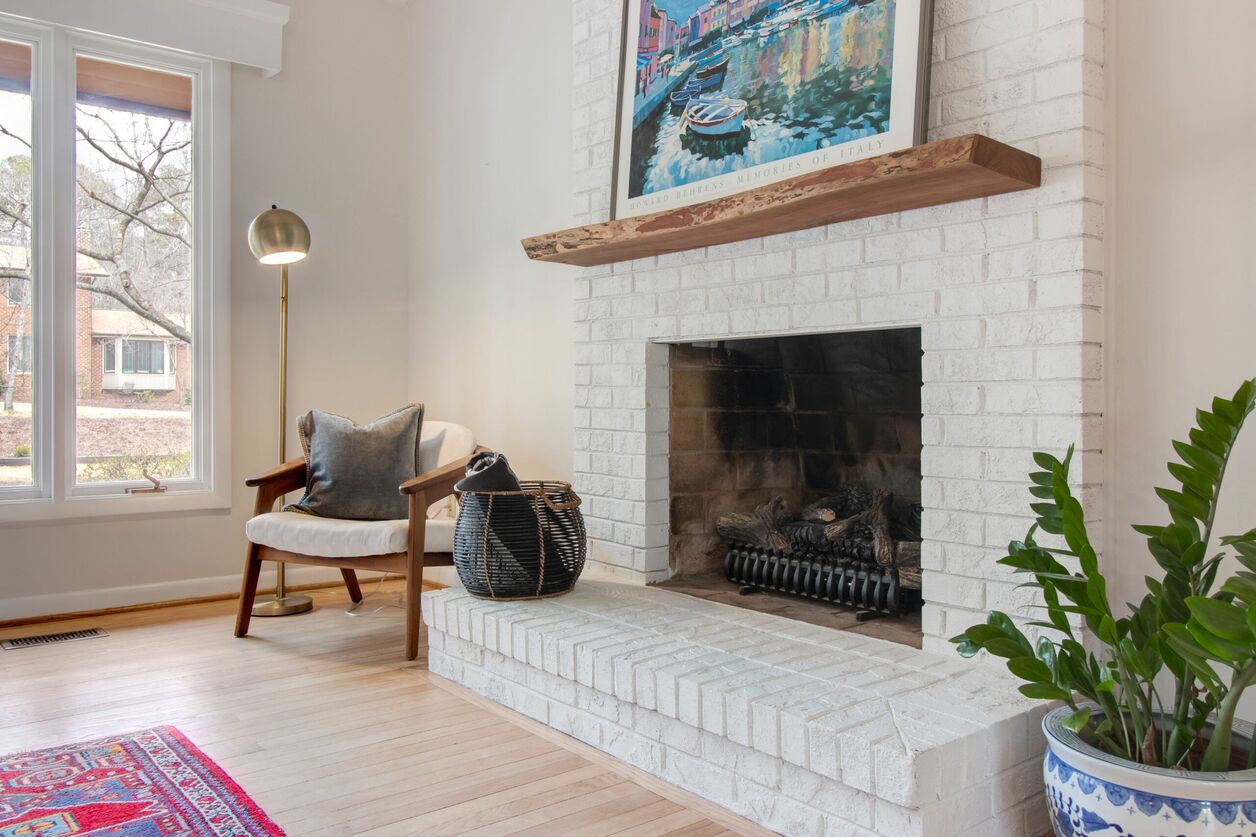
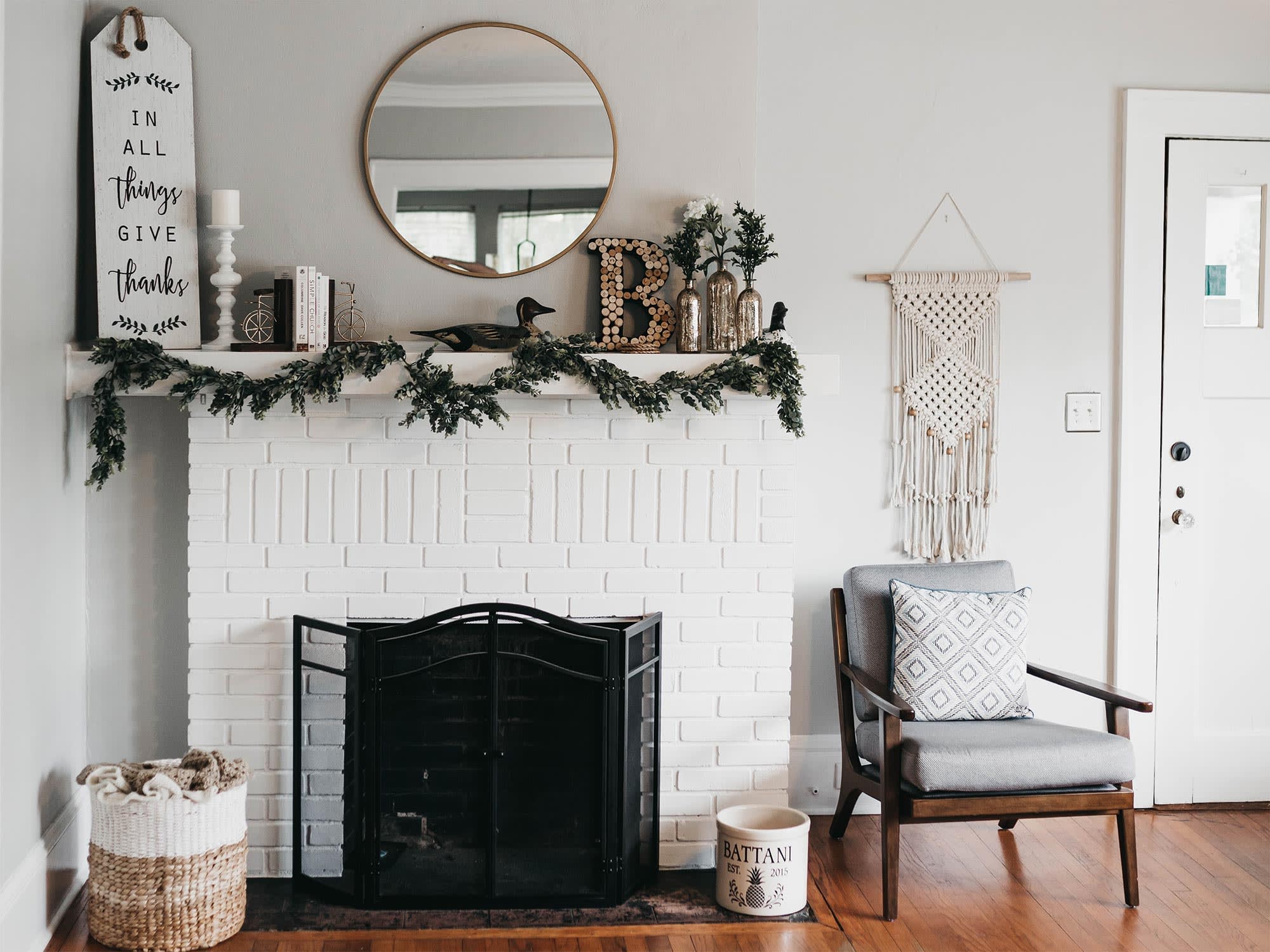
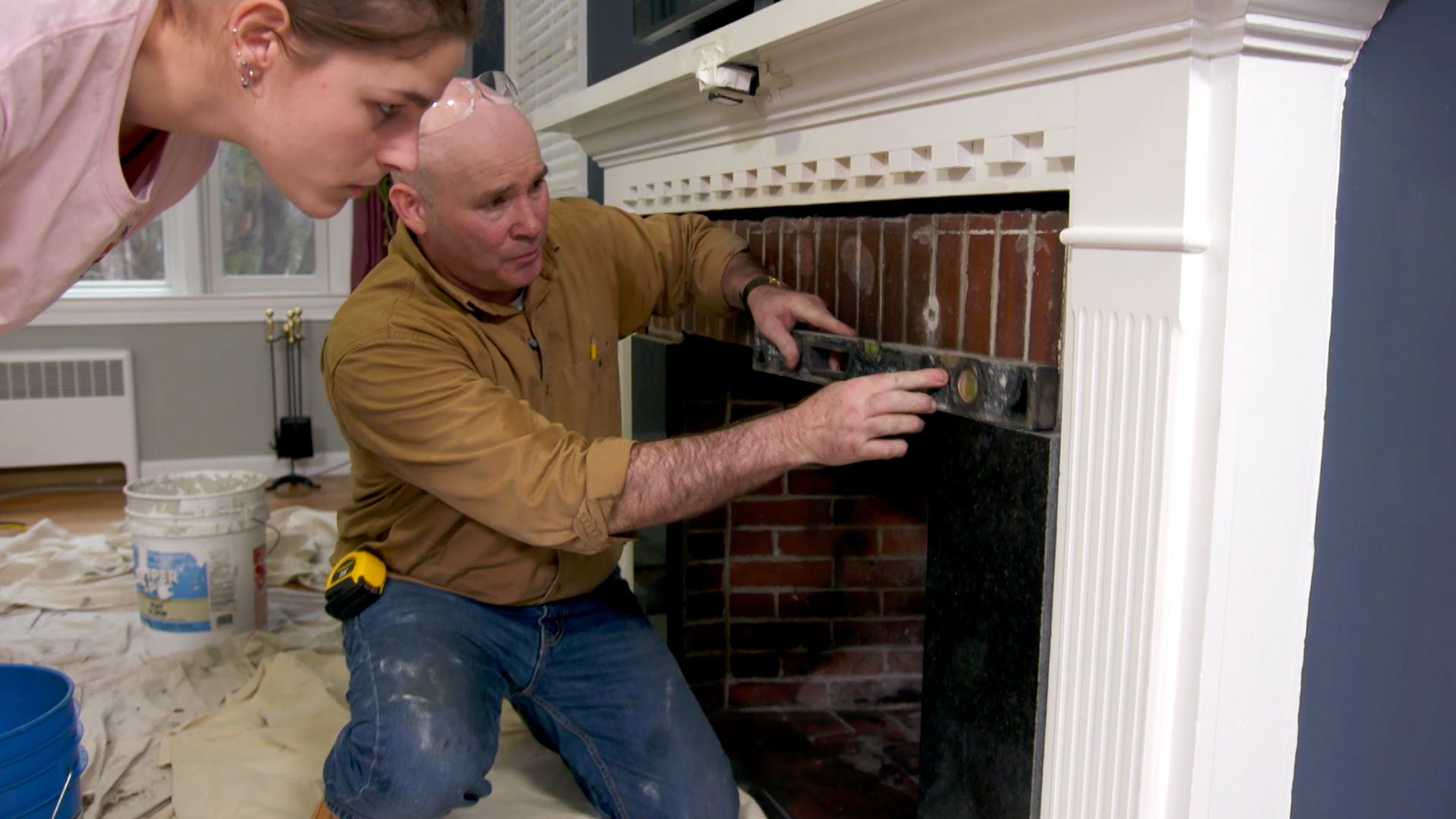
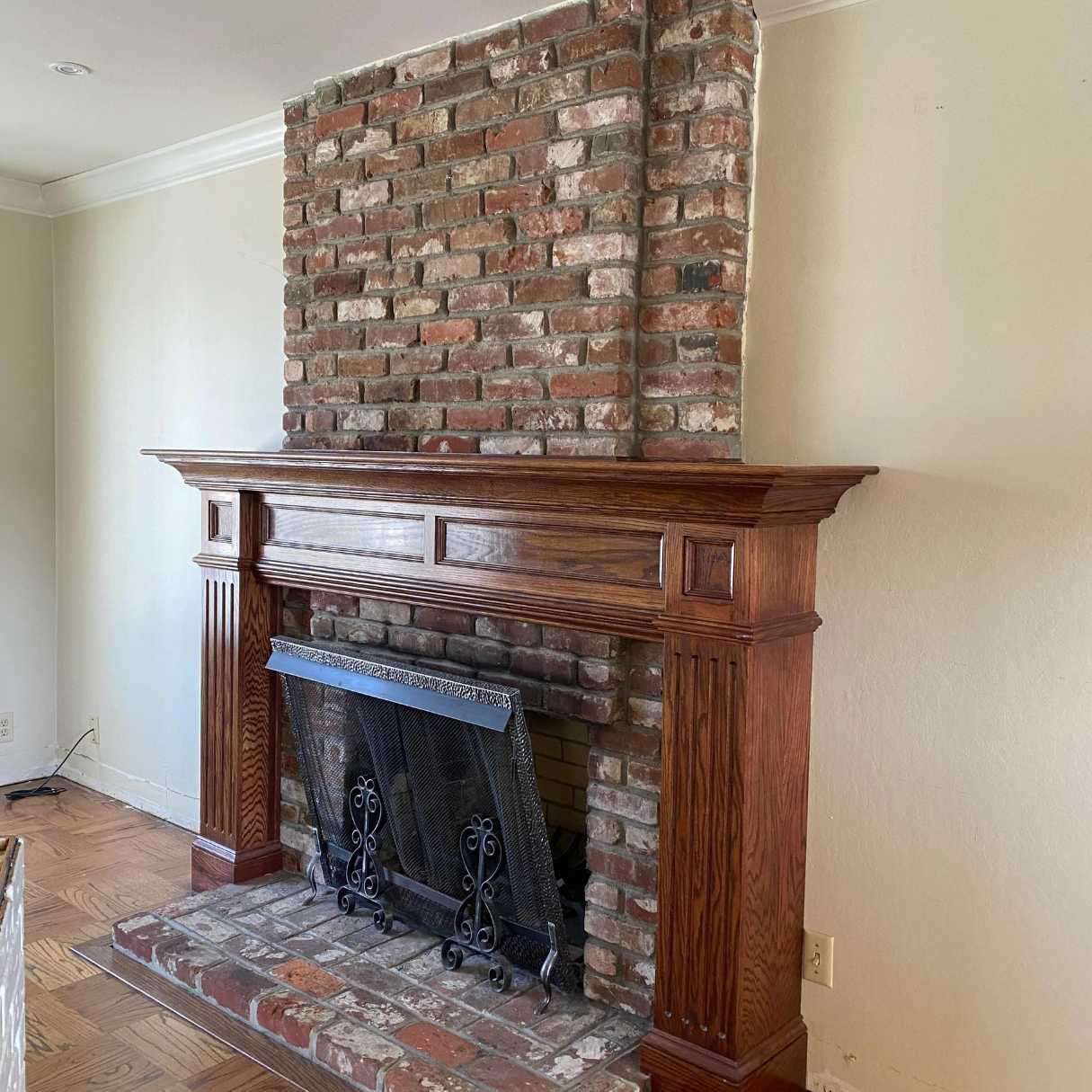
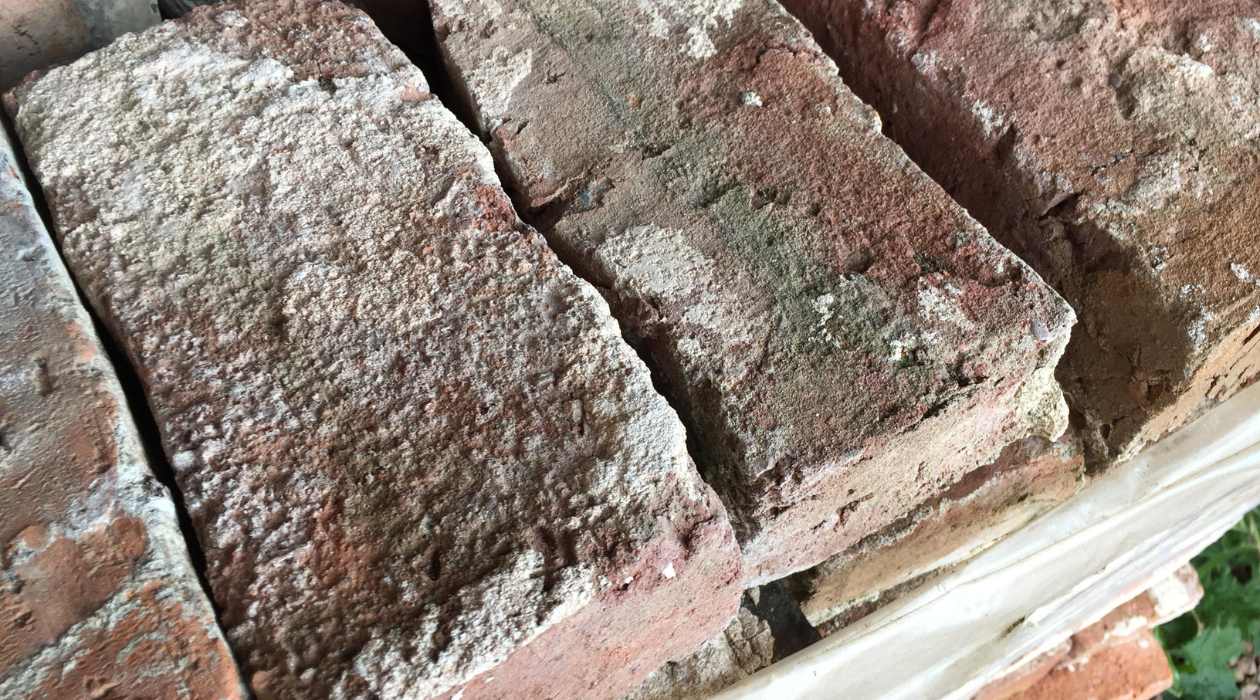
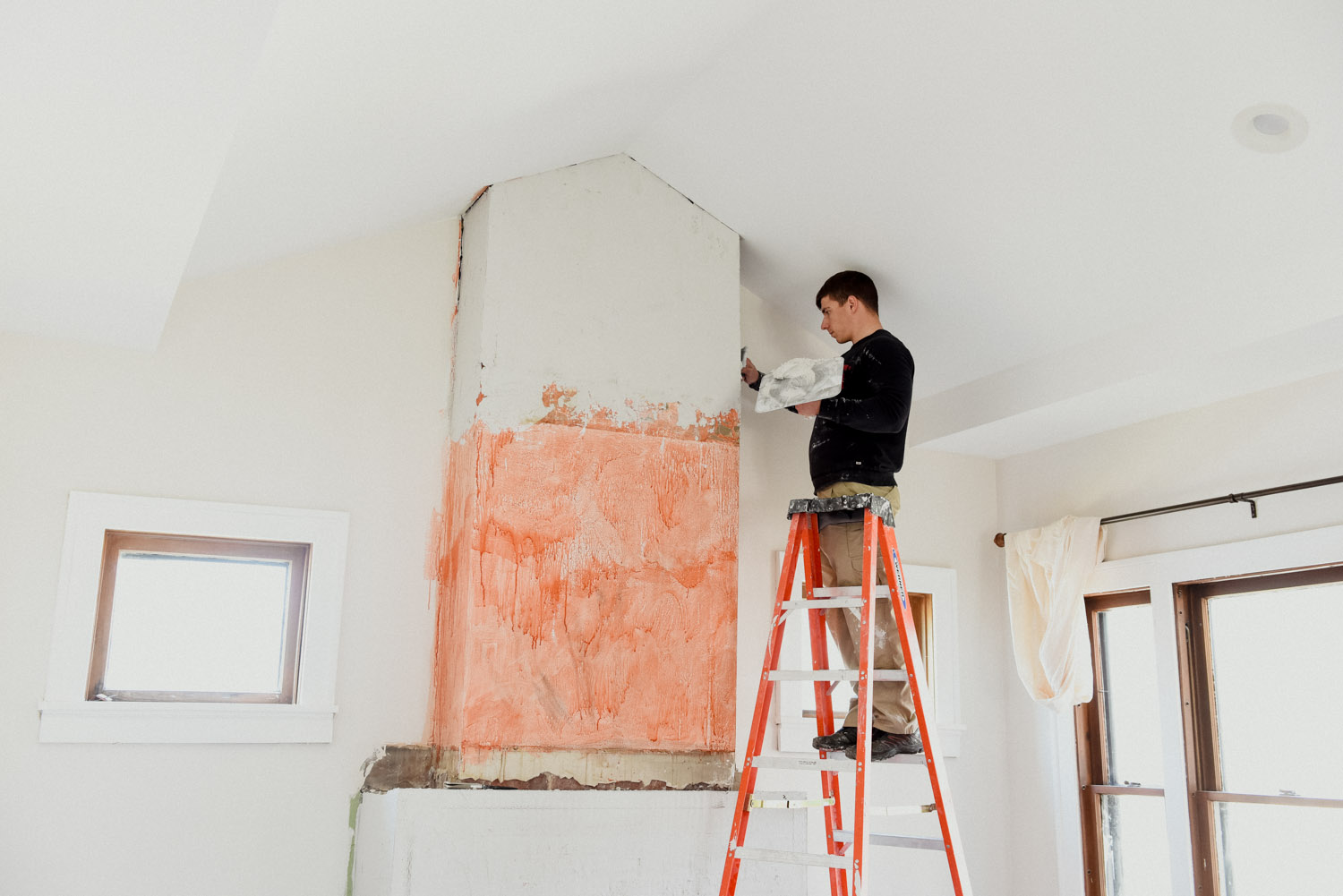
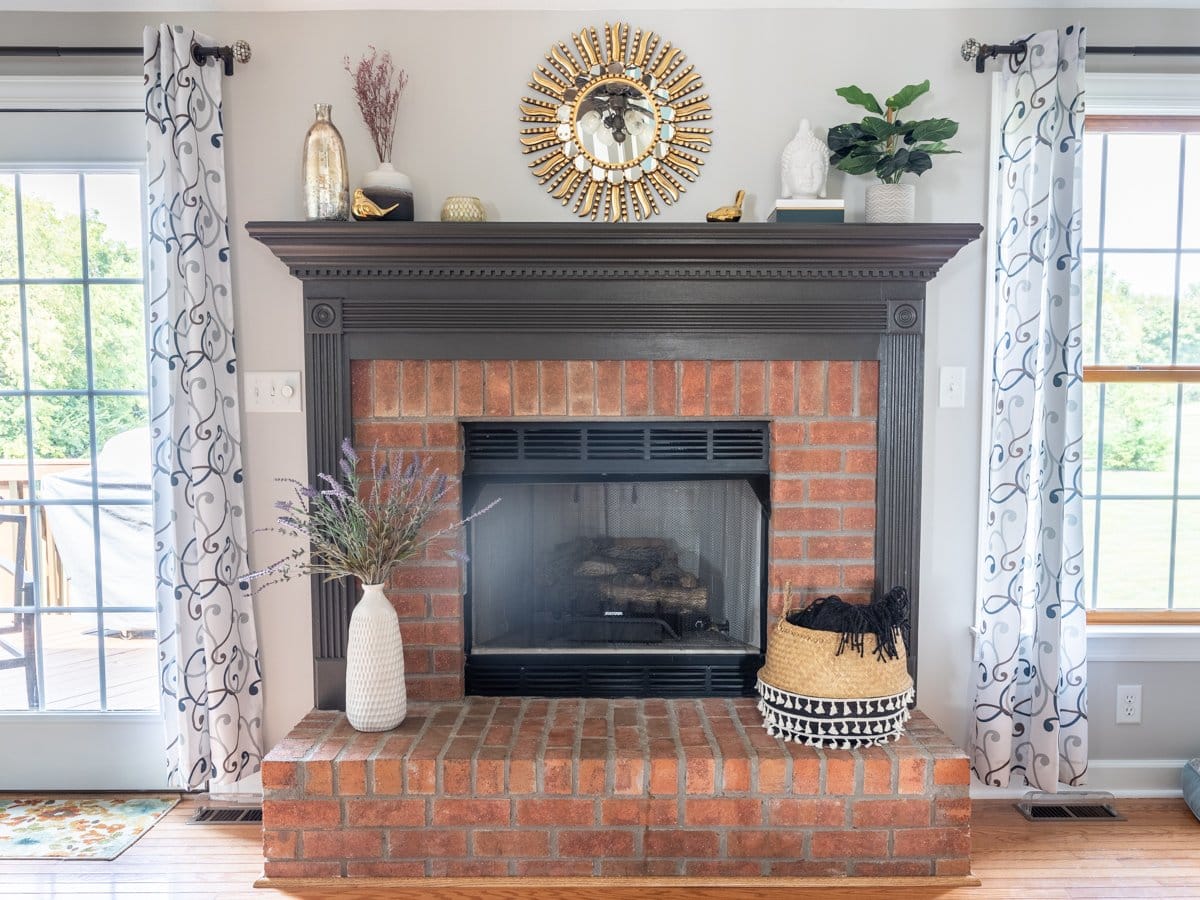

0 thoughts on “How To Paint A Brick Fireplace”